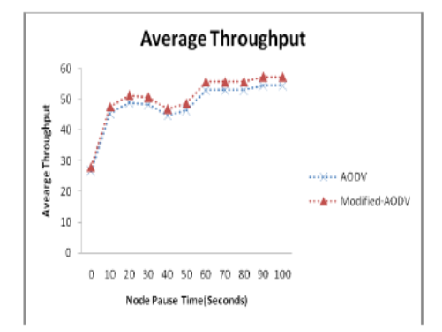


Indian Journal of Science and Technology
Year: 2023, Volume: 16, Issue: 38, Pages: 3186-3194
Original Article
Sachidanand S Joshi1*, Vasudev K Parvati2
1Assistant Professor, Information Science and Engineering, SDM College of Engineering & Technology, Dharwad, Karnataka, India
2Associate Professor, Information Science and Engineering, SDM College of Engineering & Technology, Dharwad, Karnataka, India
*Corresponding Author
Email: [email protected]
Received Date:17 January 2023, Accepted Date:24 August 2023, Published Date:13 October 2023
Background: Over the time, the wireless communications have become more universal. Development of packet scheduling algorithms in wireless networks can proficiently improve delivery of packets via wireless links. Method of packet scheduling can promise quality of service and enhance transmission rate in wireless networks. Objectives: To develop an efficient packet scheduler policy to reduce the average End to End delay among the flowsand to fix the number of queues by finding diameter and TB-DVA. Methods: The timedbuffer distributed voting algorithm (TB-DVA) is a kind of voting algorithm that used to determine the maximum distance reported by all the nodes. We have used NS-3 simulator for simulation model and average throughput and average packet delay parameters are considered; we have compared the novel TB-DVA based Packet Scheduler policy with the traditional AODV Packet Scheduler policy. Mention the dataset considered. How comparison made with gold standards Findings: Comparing the new packet scheduler policy to the standard AODV packet scheduler policy, the simulation revealed that the new packet scheduler policy provides lower average end-to-end latency and high throughput. In comparison to the traditional AODV packet scheduler policy, average end-to-end delay is reduced by 7.14 percent and average throughput is enhanced by 9 percent. Novelty: The farthest node is determined by a distributed vote across all nodes.
Keywords: Wireless Networks; Packet Scheduler Policy; AODV; MultiHop
© 2023 Joshi & Parvati. This is an open-access article distributed under the terms of the Creative Commons Attribution License, which permits unrestricted use, distribution, and reproduction in any medium, provided the original author and source are credited. Published By Indian Society for Education and Environment (iSee)
Subscribe now for latest articles and news.